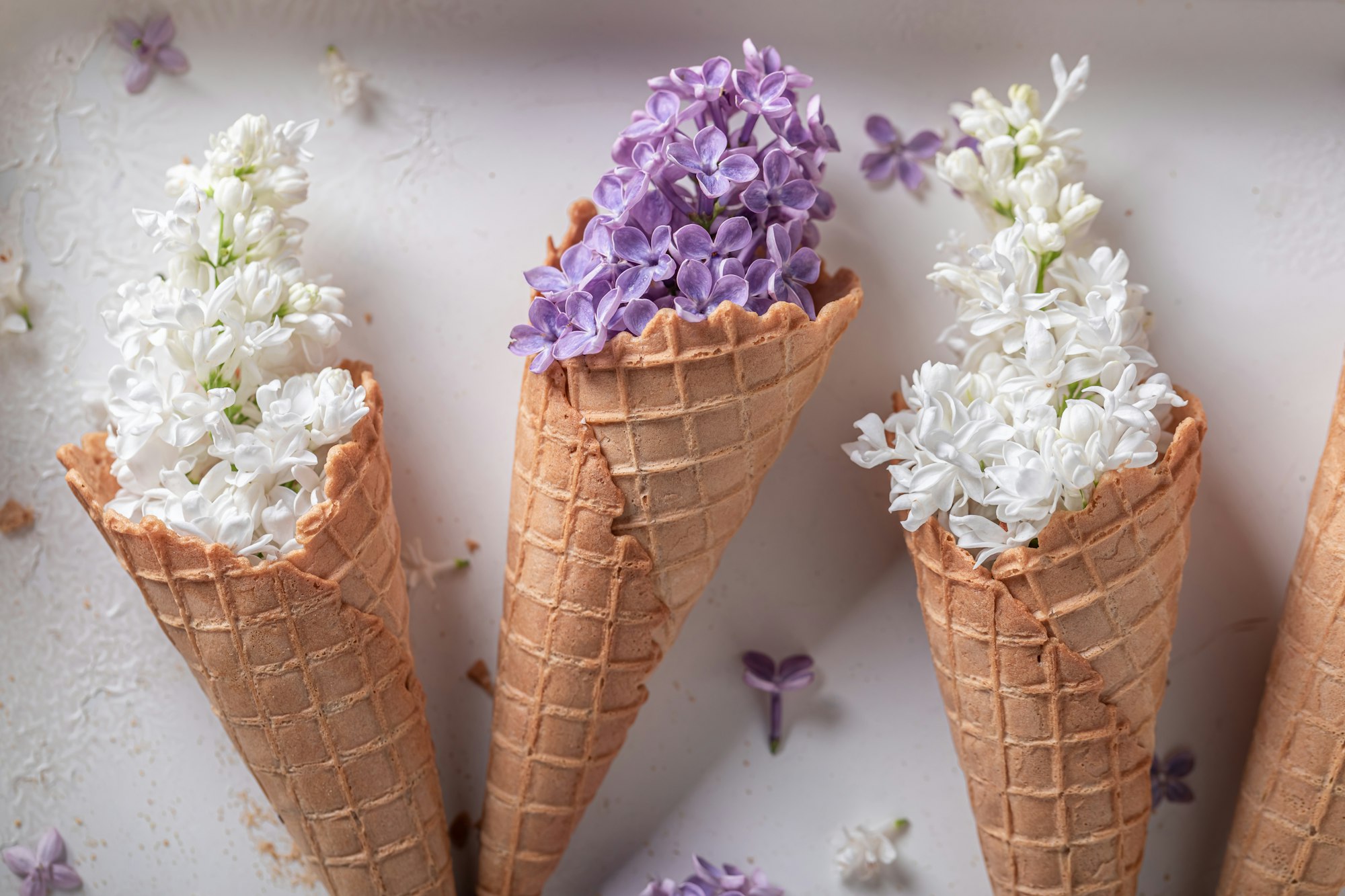Flowers are reproductive structures in flowering plants. They are also called blooms or blossoms, and their main biological purpose is to facilitate reproduction by providing a mechanism for sperm-egg union. These reproductive structures are found in almost all plants. Flowering plants include a wide variety of species, including ferns, lilies, and hydrangeas.
Flowers are commonly used as gifts, decoration, and as food. Many plants produce edible flowers, and some flowers have medicinal values. In ayurveda, flowers are also used to make traditional medicines. Decorative flowers can be used to adorn a room or express sympathy. Flowers are commonly used to create bouquets and arrangements for weddings, birthdays, and anniversaries.
Flowers can vary in size from tiny blossoms to massive blooms, and some are large and showy, while others are small and unassuming. Many flowers are produced singly, while others are borne in distinctive clusters called inflorescences. Despite their differences in size and appearance, all flowers share a common function: reproduction.
Flowers reproduce through pollination. Pollinators transfer the male gametes to the female ovules, fertilizing the fertile egg. This fertilizes the ovules, which then mature to become seeds inside a fruit. Flowers are comprised of stamens, sepals, and pistils. Petals are the colored parts of a flower, while sepals are green leaf-like structures that protect the flower in a bud.
Flowers are essential to the survival of a plant species. They attract pollinators to plants, which helps the plant reproduce and produce new seeds. Some flowering plants rely on wind to carry their pollen, but many flowering plants rely on pollinators for pollination. These pollinators are insects, bees, butterflies, and bats.
Flowers are necessary for plant life and food production. They also provide color and texture to a landscape. And their scents have evolved over thousands of years. Understanding the functions of flowers will help you choose the most beautiful and functional plants for your garden. And they are essential for many organisms as well. So, whether you are gardening or just looking for some inspiration, consider flowers.
The main parts of flower gifts are the sepal, the petals, and the stamen and filament. The female flower contains the stigma, which is a tube that transfers pollen grains. The pistil is the reproductive part of a flower, and it contains both the ovules and the seeds. Eventually, these reproductive organs combine to make a beautiful, edible fruit.
In addition to producing seeds, flowers also provide pollinators with sugary liquid rewards. Nectar is stored in tissues at the base of the flower and sometimes elsewhere. These extrafloral nectaries may attract beneficial insects, such as ants. These insects may help protect unopened flower buds from caterpillars.
The calyx, a group of sepals, surrounds the flower bud as it forms. They also attract pollinators, which then feed on the pollen from the male flower to the female.

